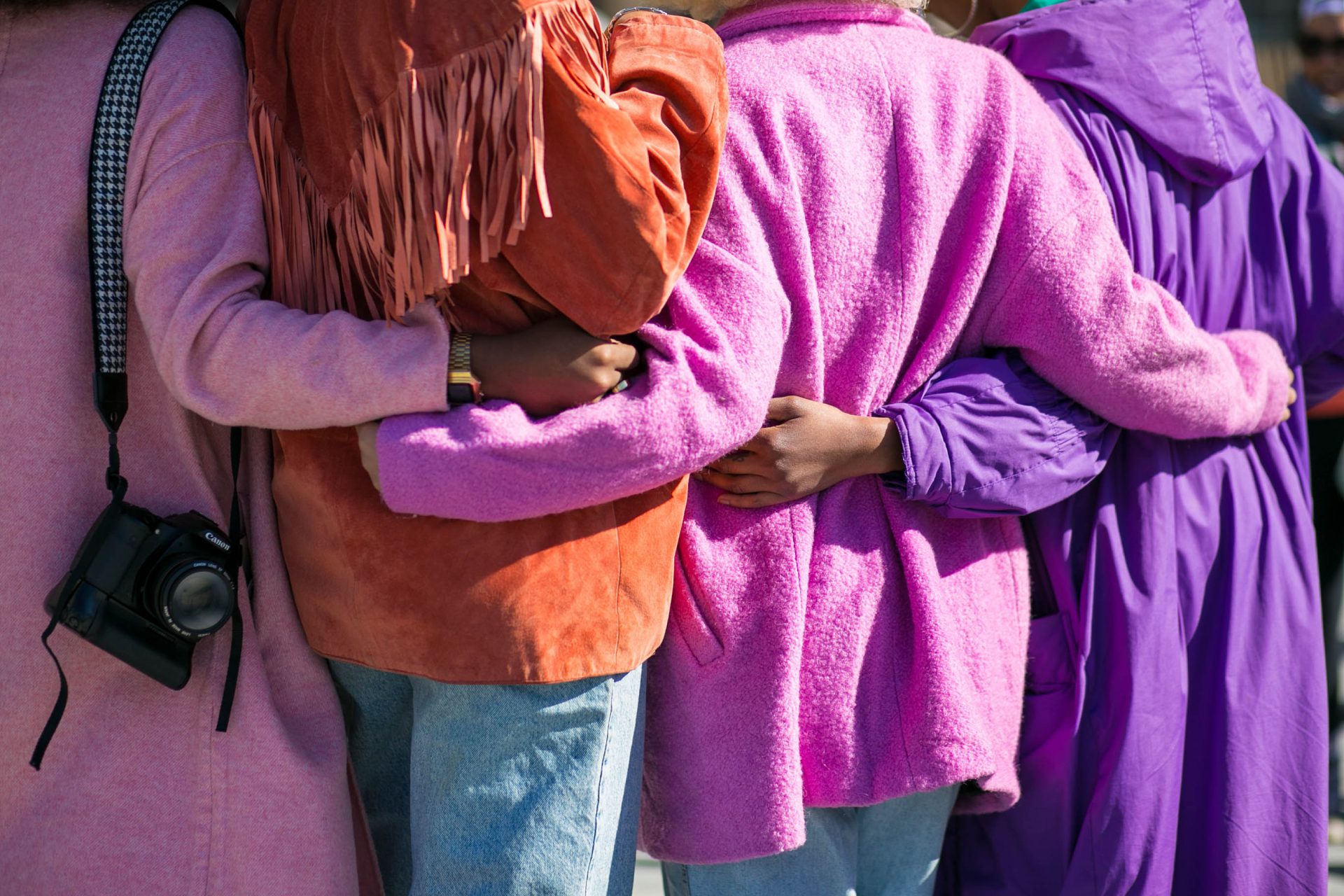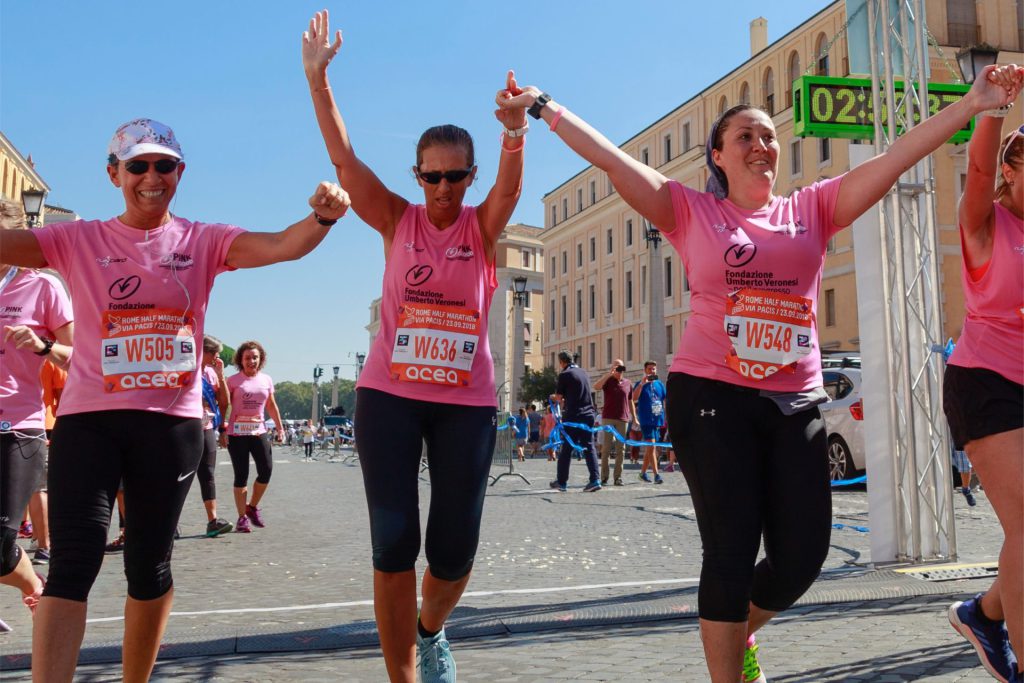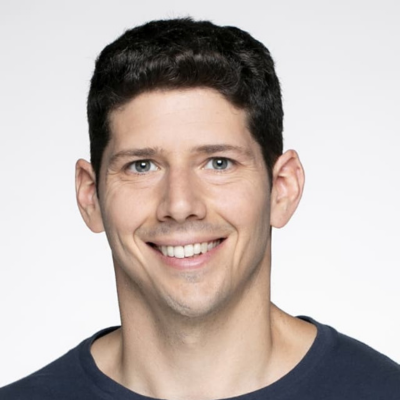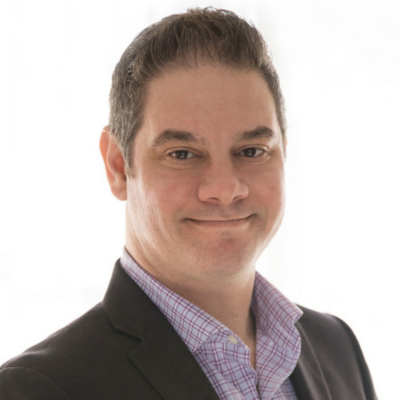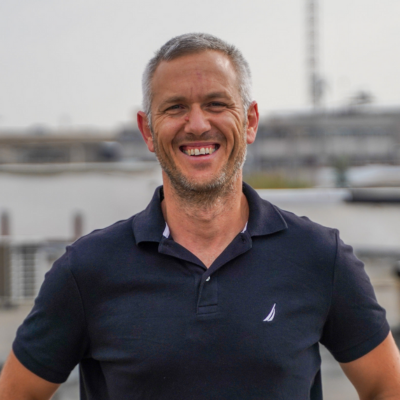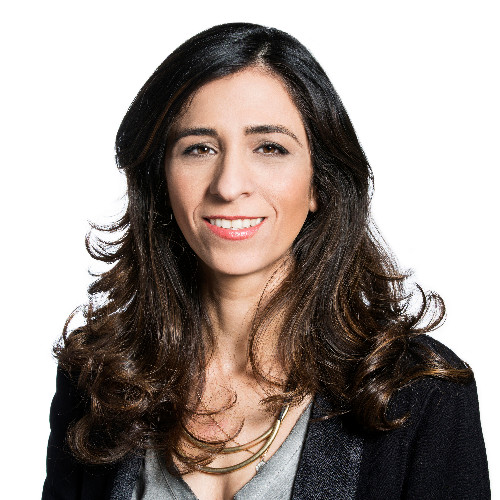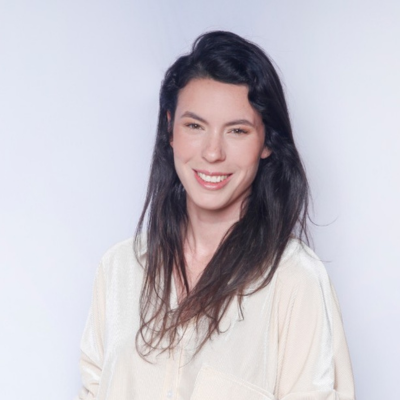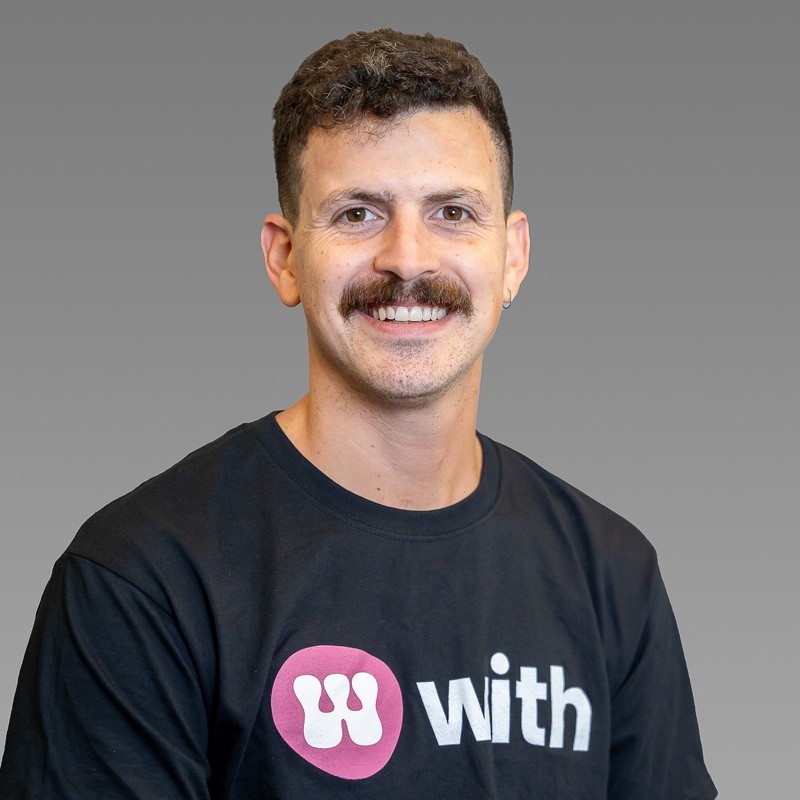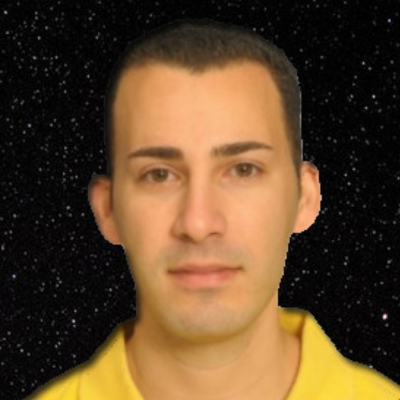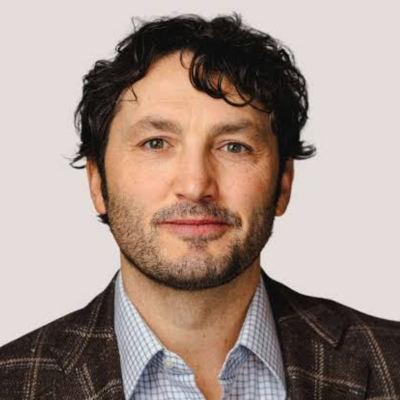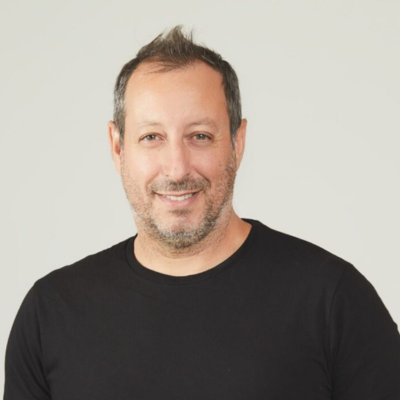Among the UN’s 17 SDGs (Sustainable Development Goals), Gender equality stands tall as a necessary foundation for a peaceful, prosperous, and sustainable world but more fundamentally as a human right. All over the world, cities and organizations promote gender equality and empower women and girls in new and effective ways through legislation, culture, education, careers, and more. The world is changing for the better.
For the past two years, the municipality of Tel-Aviv, working under the Authority for Social Equality, has been developing an outstanding strategic plan for ensuring gender equality. “Equal City, is the city’s program designed to tackle issues of gender-based discrimination and improve women’s representation and opportunities in the city. With various projects and events, the program has made a significant impact over the last two years and is continuing on its mission.
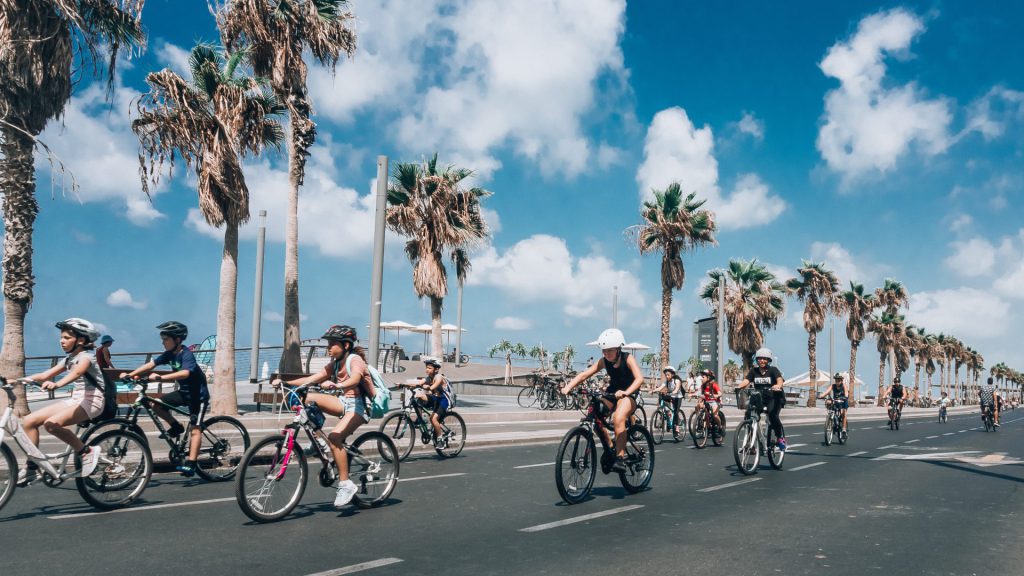
Kick-starting a bottom-up Women’s week Festival
One of the most successful projects in this program took place last spring; it was a women’s week festival. The festival team sought to create a venue that would make a profound impact with a vast number of events throughout the city. To achieve this, the team had a brilliant idea. The vision was to allow all women residents of the city to contribute from their experience, passion, and skills, to create dozens of bottom-up events all across the city, open to everyone. Then and there, “Bemlo Hadara” women’s week festival was officially born.
Bemlo Hadara, Hebrew for “with all her splendor,” strived to combine various events and topics that express female empowerment, leadership, and uniqueness.
But while this blessed initiative possessed immense potential, it also faced significant challenges.
The main challenge was primarily administrative. The need to collect all the information from event leaders and pre-approve relevant initiatives was only the beginning. They would need to upload the events according to the information provided and, at the same time, give event leaders the technical permission and digital tools to run their events, communicate with participants, and apply for support and resources from the city. Altogether, it seemed like a mission impossible.
Using a combination of google forms, email communication, and setting up a tailored event page for the festival, which required a web developer and a designer, to present the content, seemed like a logical although complex and expensive solution. Nonetheless, it demands a person trusted to filter and then manually upload dozens of events to this new page; an extremely time-consuming task.
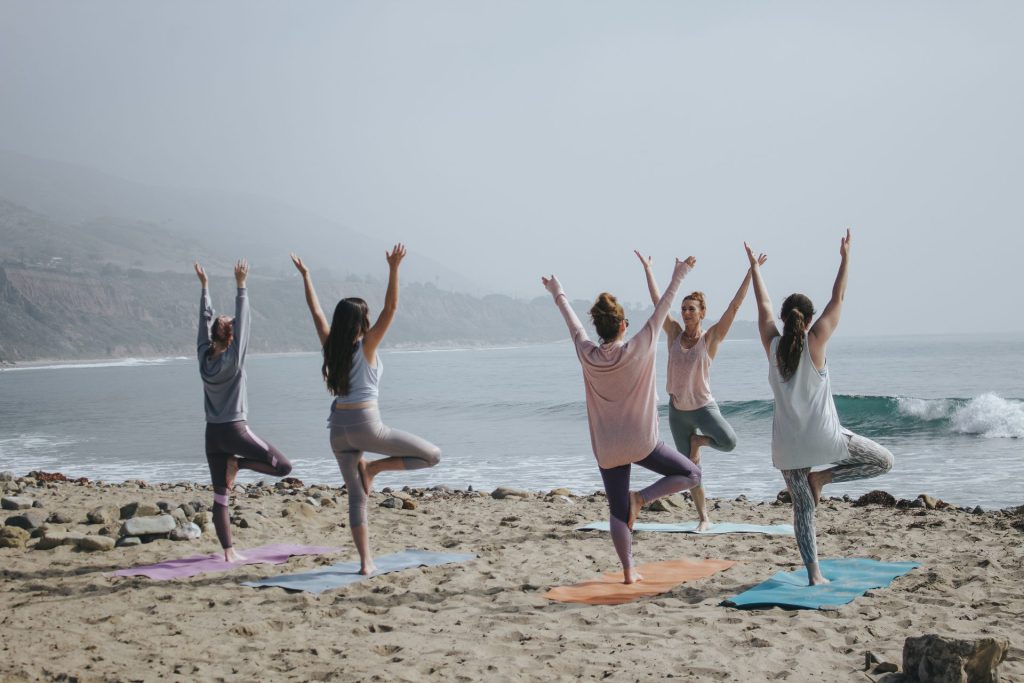
Enters with : forming bottom-up events using the platform
At this point, almost all community centers in the city were using with as the main platform for communicating, uploading events, and collecting data to understand their residents better. Therefore, it seemed natural to go ahead and use it, as many residents were already familiar with it, and to instantly create a festival page for women’s week.
Tailored to include multiple stakeholders and an intuitive bottom-up-oriented user interface, the festival team figured it could be an excellent solution to engage residents and creators, enable knowledge sharing and collaboration, and form a festival broadly based on community initiatives.
From this point on, things started to move in fast forward. A festival page was set, spreading the word throughout the social networks and the city’s community centers. The engagement was far beyond expected. More and more female residents started to submit and upload community initiatives, and the festival’s program was filling up quickly. The intuitive flow of the event creation process made it easy for creators to be done with the “paperwork” in a short time and wait for the official approval from the organizers. Once the permission was granted, the event creator received an automatic WhatsApp message and an email confirming that the event would soon go live.
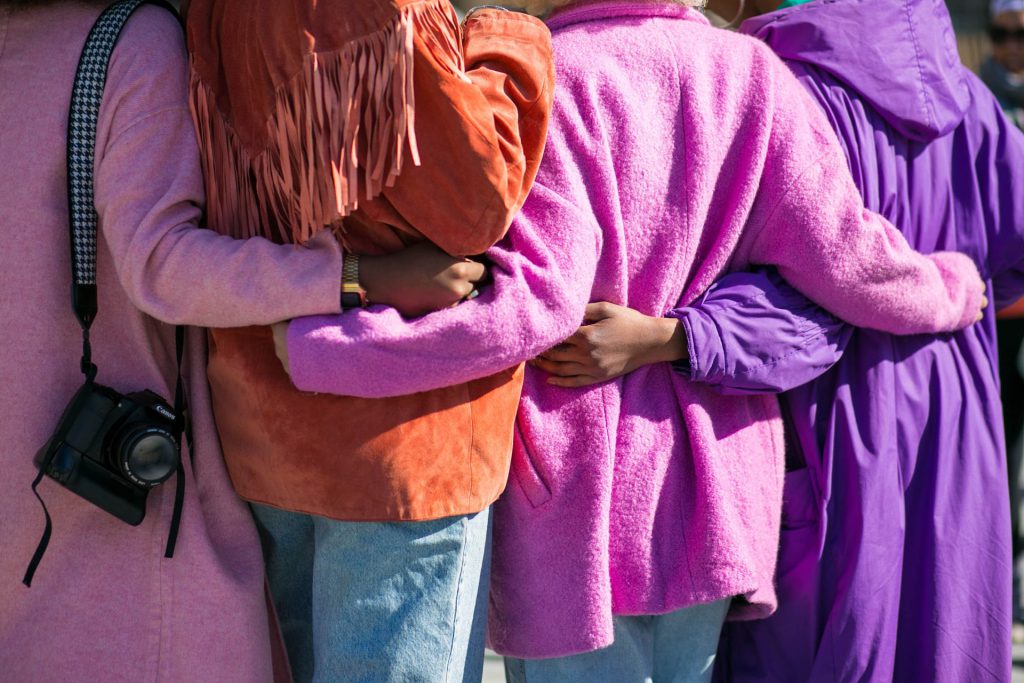
When technology meets needs
Soon enough, it became evident that running all the initiatives on a single platform was highly efficient for everyone involved in the process. For the (-) end user– the residents, as they could search, filter, view, and sign up quickly. It was highly convenient and time-saving for (-) event leaders and festival organizers, who could single-handedly create an initiative and apply for support from the community centers or the festival production. And finally, extremely valuable for the city as it provides the perfect tool for collaboration between residents and community centers, for creating a connection between residents, and for collecting various data points about preferences, trends, and leaders in the city.
At the end of the day, the numbers were speaking for themselves. Women’s day festival was a massive celebration of femininity and gender equality. Nearly 200 events took place throughout the city and online, all of which were created by women residents of Tel Aviv.
Workshops, lectures, art installations, sustainability initiatives, and online events were just some of them. From Rafting in the Yarkon river to entrepreneurship and Krav-Maga sessions, these events took place all over, bringing people together in areas they may have never visited before.
The initiatives demonstrated women’s empowerment, leadership, innovation, and beauty, and in the same breath, they protested against the violence, discrimination, and silencing that women all over the world are facing.
Looking back at the data, the city of Tel-Aviv could only then comprehend the impact and scale of the project. With more than 30,000 participants and in over 50 locations, the vibrations were felt throughout the city. 4 different units within the municipality have successfully collaborated to bring this project to life: businesses, sports, young adults, and youth, significantly improving the cross-unit communication and knowledge sharing. The team unanimously decided to make it a recurring annual event. Or to be precise, it was the Tel-Avivian women who made this decision.
See you on women’s week 2023!
